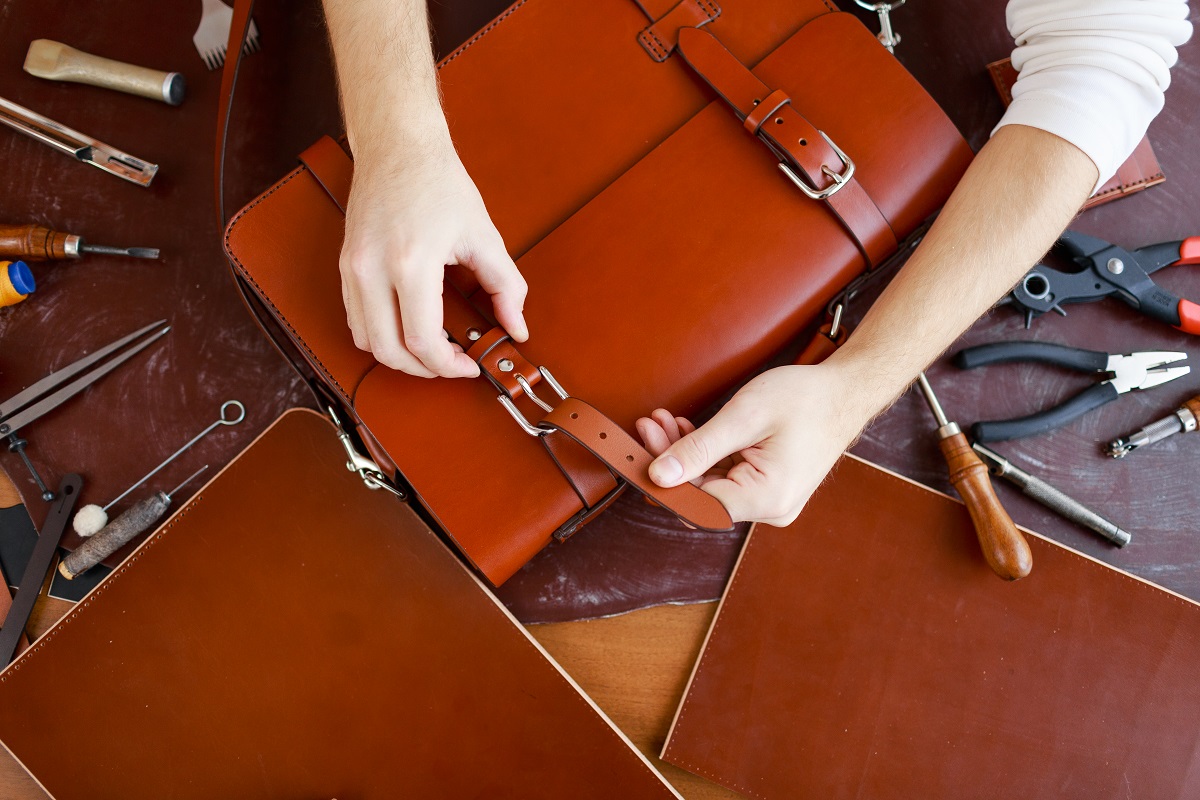Leather's Uniqueness: A Journey Through History and Culture

Leather, as a material, has transcended time and culture, consistently captivating humanity with its unique qualities and versatility. Its journey through history and across different societies reflects its enduring appeal as a symbol of luxury, craftsmanship, and resilience.
1. An Ancient Craftsmanship Legacy
The history of leather dates back thousands of years, with evidence of its use found in prehistoric times. Ancient civilizations like the Egyptians, Greeks, and Romans prized leather for its durability and versatility. They used it for everything from clothing to armor and even for recording important information on parchment.
2. Leather as a Symbol of Status
Throughout history, leather has often been associated with status and power. In medieval Europe, leather was reserved for the aristocracy, symbolizing their wealth and authority. The leather armor worn by knights exemplified both protection and prestige. Even today, leather luxury goods like designer handbags and high-end leather furniture are synonymous with opulence.
3. The Rugged Symbol of Rebellion
Leather has also played a significant role in counterculture and rebellion. In the 20th century, leather jackets became a symbol of defiance and rebellion, notably worn by motorcyclists and rebellious youth. The leather jacket, with its cool, edgy image, has since become an iconic fashion statement associated with the spirit of nonconformity.
4. Cultural Significance and Tradition
Leather's uniqueness is also apparent in its cultural significance and use in traditional attire. Many indigenous cultures around the world use leather in their clothing and accessories, often adorned with intricate craftsmanship and symbolism. These leather items are not just garments but also bearers of tradition and identity.
5. A Material of Endurance
Leather's enduring quality is perhaps one of its most unique features. It can withstand harsh conditions and time, making it an ideal choice for items like saddles, boots, and work gloves. This resilience ensures that leather remains a constant companion for those who depend on its durability.
6. The Art of Leather Crafting
The art of leatherworking is a testament to human craftsmanship. Skilled artisans transform raw hides into beautiful and functional pieces. The precision and creativity required to work with leather make it a unique and revered craft that continues to evolve.
7. A Sustainable Choice
In today's world, where sustainability is a growing concern, leather has evolved to offer ethical and eco-friendly options. Tanning processes have become more environmentally friendly, and upcycled leather is gaining popularity. Choosing sustainable leather allows individuals to embrace the material's uniqueness while also supporting responsible practices.
In conclusion, leather's uniqueness is woven into the fabric of human history and culture. It has symbolized status, rebellion, tradition, and craftsmanship. Its enduring qualities and adaptability have allowed it to transcend time and remain a beloved material in contemporary society. Whether as a symbol of power or a testament to craftsmanship, leather's journey through history and across cultures is a testament to its timeless and unique appeal.





